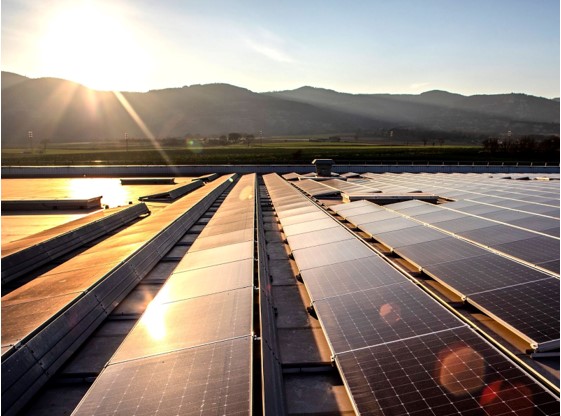India LED Lighting Market (2023-2029) Outlook | Trends, Size & Share

Overview:
The India LED lighting market has witnessed significant growth in the last few years due to its eco-friendly and energy efficient features. LEDs (light-emitting diodes) have gradually replaced traditional incandescent and compact fluorescent lamps in residential, commercial and industrial applications. This transition was crucial in reducing energy consumption and CO2 emissions.
Drivers of India led lighting market
- Energy Efficiency: The main reason for adopting LEDs is their energy efficiency, which results in significant long-term savings.
- Environmental Concerns: Growing environmental awareness has encouraged consumers and businesses to switch to LEDs to reduce their carbon footprint.
- Government Initiatives: The Government of India has launched several programs and initiatives such as the UJALA (Unnat Jyoti by Affordable LEDs for All) program to promote the adoption of LEDs.
- Technological Advances: Continuous improvements in LED technology have resulted in improved performance and lower costs, making LEDs more affordable.
- Urbanization: Rapid urbanization in India has increased the demand for lighting solutions, further boosting the LED market.
Challenges faced by India led lighting market:
- Initial Cost: LED lights are more expensive upfront than traditional lighting options, which may deter cost-conscious consumers.
- Counterfeit Products: The market is facing challenges related to counterfeit and substandard LED products, which impact quality and consumer trust.
- Lack of Awareness: Despite government efforts, some consumers and businesses are still unaware of the benefits of LED lighting.
- Infrastructure challenges: In some remote areas, limited access to electricity and infrastructure hinders LED adoption.
Opportunities for India led lighting market
- Smart lighting: The emergence of smart lighting systems and IoT integration provide opportunities for innovation and adaptation.
- Rural Electrification: Expanding access to electricity in rural areas represents a large, untapped market for LED lighting.
- Public Procurement: Government projects such as street lighting and public buildings can increase demand for LEDs.
Government policy measures by led lighting market
The Indian government has implemented several policies and initiatives to promote LED adoption:
- UJALA Plan: This plan aims to distribute LED bulbs to households at subsidized prices.
- National Street Lighting Program (SLNP): The SLNP focuses on replacing conventional street lighting with energy efficient LED street lighting across the country.
- Energy efficiency labeling: The Bureau of Energy Efficiency (BEE) has introduced mandatory labelling of LED products to ensure compliance with energy efficiency standards.
Impact of COVID-19:
The COVID-19 pandemic has had a mixed impact on the LED lighting market. While early supply chain disruptions and construction projects impacted demand, an increased focus on healthcare infrastructure and the need for energy efficient solutions in healthcare facilities created opportunities for LED manufacturers.
Key player of India led lighting market
Prominent players in the Indian LED lighting market include Philips Lighting, Syska, Havells, Bajaj Electricals, Crompton Greaves and Wipro Lighting.
Conclusion
The Indian LED lighting market continues to grow, driven by energy efficiency concerns, government initiatives and technological advancements. Despite challenges such as upfront costs and counterfeit products, the market offers significant growth potential, especially given the growing demand for energy-efficient lighting solutions in urban and rural areas. As technology advances and awareness increases, the LED lighting market in India is likely to continue to be a key segment of the country’s lighting industry.



